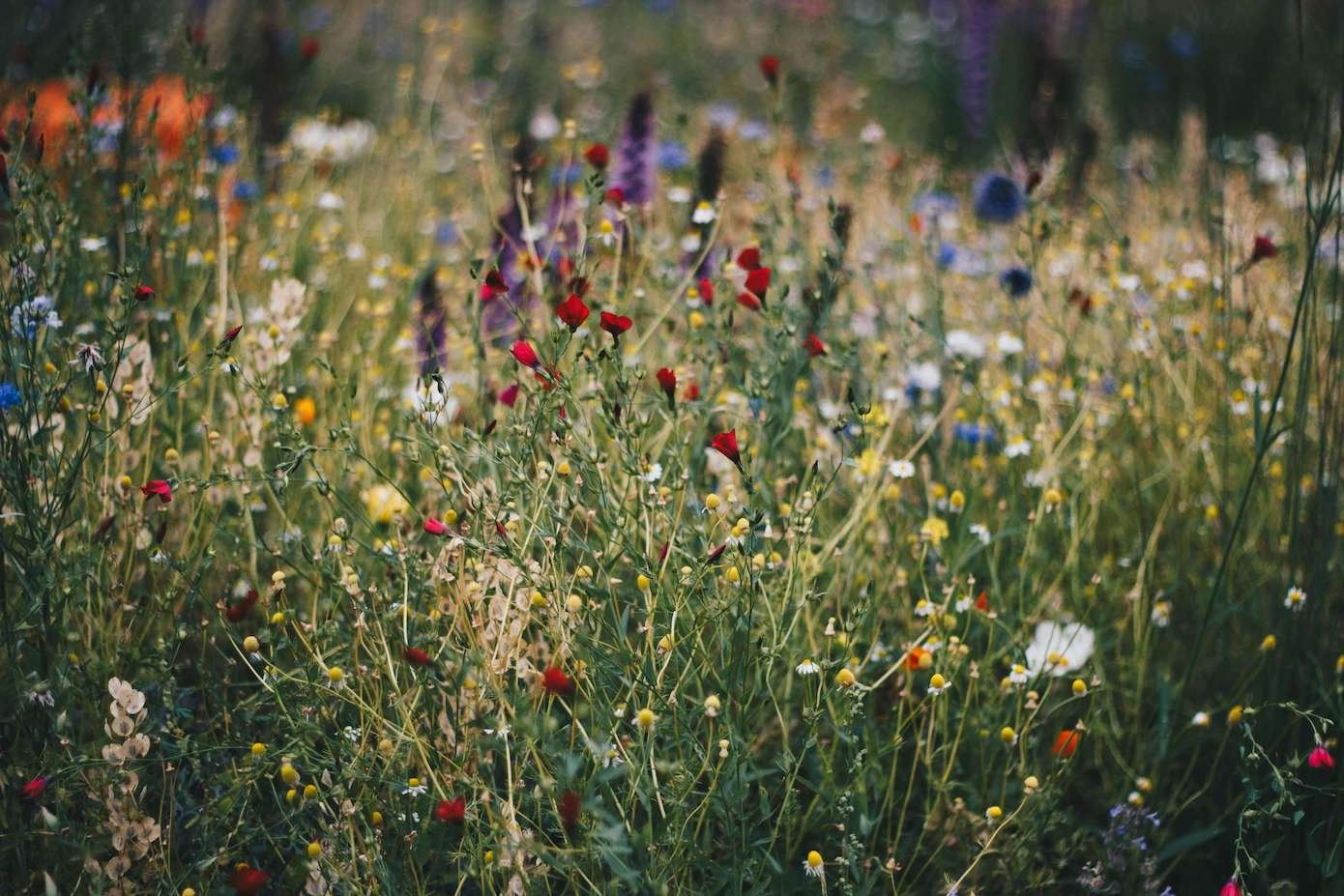Edit Content
CREATE YOUR OWN BIODIVERSE GARDEN TODAY!
Subscribe to our newsletter and download our comprehensive guide to start fostering a garden that supports local ecosystems and enriches your personal well-being.
Subscribe to our newsletter and download our comprehensive guide to start fostering a garden that supports local ecosystems and enriches your personal well-being.
On this page you will find a list of plants that will help you promote and support biodiversity.
You will find a detailed list for each region/area of Europe and, over time, we will implement it with tabs for each plant and add other geographical areas.
On this page you will find a list of plants that will help you promote and support biodiversity.
You will find a detailed list for each region/area of Europe and, over time, we will implement it with tabs for each plant and add other geographical areas.

These lists include native and naturalized species that are known to support local wildlife and contribute to healthy ecosystems in their respective regions.
Have questions or need assistance? We’re here to help. Contact us through our form, email, or social media channels.
Don’t miss our future updates! Sign up today to receive news, guides and free resources to protect biodiversity.
Ulap s.r.l.s.
via G. Cis, 4 – 38067 Ledro (TN) – Italy
+39 0464 1850693 | hello@ulapdesign.com
COPYRIGHT ©2024-2025 ULAP S.R.L.S. | ALL RIGHTS RESERVED